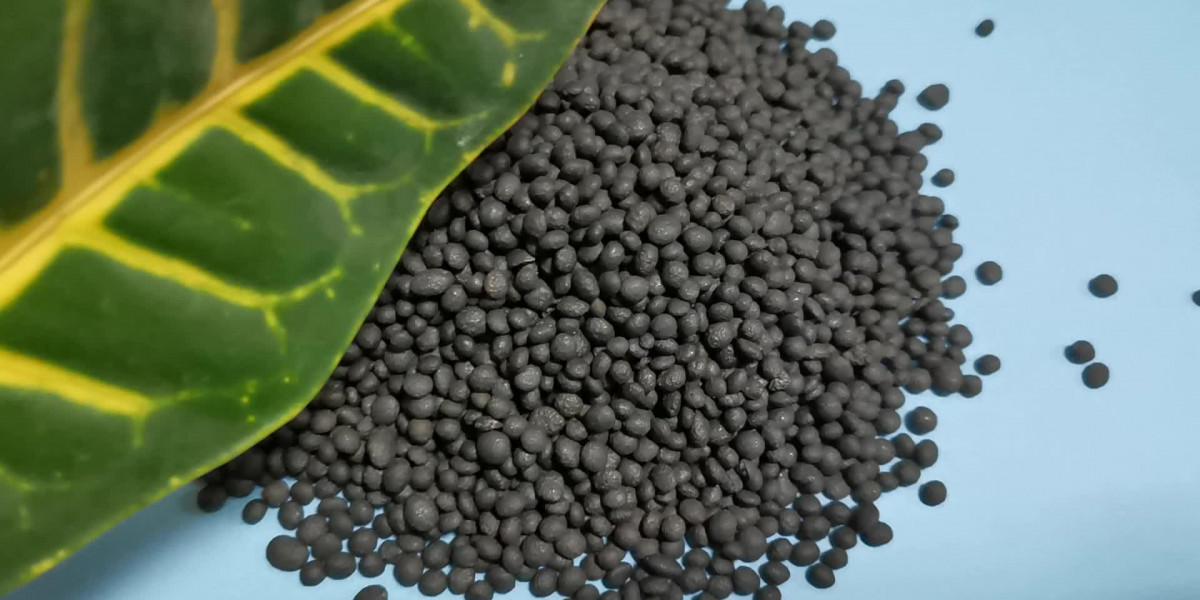The humic acid market has emerged as a vital segment in sustainable agriculture, soil management, and ecological preservation. Derived from organic substances like leonardite and peat, humic acid offers multiple benefits including improved soil fertility, enhanced nutrient uptake, and better water retention. Despite increasing awareness about its environmental and agronomic advantages, the market's growth remains uneven due to several unresolved pain points. These issues pose significant barriers to widespread adoption and long-term success in global markets.
Lack of Awareness and Limited Farmer Education
One of the most significant pain points in the humic acid market is the limited understanding among farmers and agricultural professionals. In many developing countries, farmers continue to rely on traditional chemical fertilizers due to their immediate impact on yield and familiarity with usage. The long-term benefits of humic acid, while substantial, are often not well understood. This knowledge gap results in hesitation or resistance toward switching to humic-based alternatives.
The lack of educational outreach, demonstration plots, and technical support has further compounded this issue. Without seeing tangible results firsthand, many farmers remain skeptical of trying new products, especially if they are more expensive or require different application methods.
High Production Costs and Price Sensitivity
Production of humic acid involves extraction from organic matter, purification, and formulation into usable products like powders, granules, or liquid concentrates. These processes can be labor-intensive and technologically demanding. The cost of raw materials, along with sophisticated processing techniques, increases the final price of the product.
Price-sensitive markets, particularly in Asia and Africa, find it difficult to justify the additional expense, especially when cheaper synthetic fertilizers are readily available. As a result, the cost barrier significantly limits market penetration, especially in resource-constrained regions.
Inconsistent Product Quality and Lack of Standardization
Another major pain point is the variability in product quality across different manufacturers and regions. There is a lack of universal standards governing the concentration, formulation, and purity of humic acid products. This inconsistency can lead to mixed results in the field, discouraging repeat usage and harming the credibility of humic acid as a reliable input.
Buyers often struggle to identify genuine, high-quality products amid a sea of underperforming or adulterated alternatives. This variability undermines trust and hinders the establishment of a stable customer base.
Weak Regulatory Framework and Approval Delays
In many regions, the regulatory landscape for humic acid products remains underdeveloped or unclear. Approvals for agricultural inputs often involve lengthy bureaucratic processes, especially in countries with stringent environmental and safety laws. Delays in registration and lack of clarity in labeling requirements can restrict new product launches and delay market entry.
Additionally, classification of humic acid—whether as a fertilizer, soil conditioner, or biostimulant—can vary by country, leading to confusion and added compliance burdens for manufacturers.
Supply Chain and Raw Material Limitations
The humic acid market is also constrained by its dependence on specific raw materials such as leonardite and lignite, which are found in limited geographical areas. Transportation, mining, and environmental challenges around these resources can disrupt the supply chain and lead to price volatility.
Manufacturers often face difficulties maintaining consistent sourcing, especially when demand surges or regulations restrict access to natural reserves. These challenges can limit production capacity and delay delivery to end-users, weakening the market’s reliability.
Low Investment in Research and Development
Despite its potential, the humic acid industry lacks significant investment in R&D compared to other sectors in agriculture. Innovations in product formulation, application techniques, and performance optimization are needed to meet the evolving needs of modern agriculture.
A lack of scientific studies and field trials also makes it difficult to quantify and communicate the benefits of humic acid. This limits its appeal in data-driven markets and among commercial farming enterprises that demand evidence-based solutions.
Perception Challenges and Market Skepticism
Many agricultural stakeholders remain skeptical of the efficacy of humic acid, especially in markets flooded with unregulated products and exaggerated claims. The presence of substandard products dilutes market confidence and deters farmers from making long-term commitments to humic acid usage.
Marketing efforts often fail to clearly differentiate between humic acid and other organic inputs, adding to the confusion and reducing the impact of branding efforts.
Addressing Pain Points for Market Growth
To overcome these obstacles, industry players must work collaboratively to strengthen the foundations of the humic acid market:
Educational Outreach: Conduct farmer training sessions, field demonstrations, and awareness campaigns to communicate the long-term benefits of humic acid.
Quality Control: Establish international quality standards and third-party certifications to ensure product consistency and build trust.
Cost Reduction: Explore cost-effective extraction and formulation techniques that make humic acid more affordable to end-users.
Policy Advocacy: Work with regulators to create clear guidelines and accelerate product registration processes.
Sustainable Sourcing: Develop diversified sourcing strategies and invest in sustainable mining practices to secure raw material availability.
Scientific Validation: Increase R&D funding to conduct more trials and publish peer-reviewed research that supports product efficacy.
Conclusion
The humic acid market holds substantial promise in supporting sustainable agriculture and environmental stewardship. However, several pain points continue to inhibit its full potential. From high costs and quality inconsistencies to regulatory bottlenecks and limited awareness, each challenge must be addressed through coordinated efforts from industry leaders, policymakers, and the scientific community. Only by resolving these persistent issues can the humic acid market achieve its envisioned growth and global impact.









